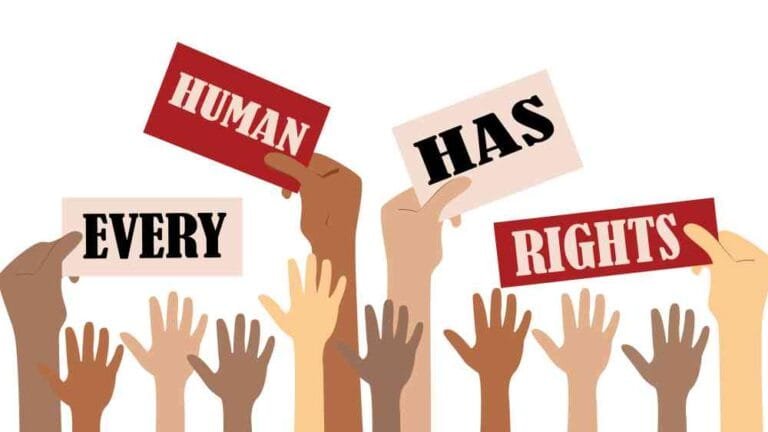Raising Awareness: The Importance of Preventing Child Abuse
Physical abuse involves causing harm to a child through violence such as hitting, shaking, or burning. These acts often leave visible injuries but may also cause internal damage. Emotional abuse, while less visible, is equally damaging. It involves behaviours like verbal attacks, manipulation, and neglecting a child’s emotional needs, which can lead to anxiety, depression, and a lack of self-worth.
Sexual abuse is another form of abuse that involves inappropriate sexual conduct with a child. It has profound emotional and physical consequences, often leading to lifelong trauma. Neglect occurs when a child’s basic needs—such as food, clothing, shelter, and emotional care—are not met, which can severely affect their development and well-being.
The impact of abuse can be devastating. Victims may suffer from depression, anxiety, and post-traumatic stress disorder (PTSD). They may also struggle with forming healthy relationships, have low self-esteem, and face difficulty in trusting others. These effects can persist well into adulthood, making it crucial to address the issue early and provide support to victims.
Recognising the signs of abuse is essential for prevention. Unexplained injuries, drastic behavioural changes, fear of certain individuals or places, and withdrawal are often indicators that a child may be experiencing abuse. If you suspect a child is being abused, it’s crucial to report it to authorities or child protective services immediately.
Prevention and intervention are key. Communities must raise awareness about child abuse and promote safe, supportive environments. Educating parents and caregivers on positive parenting practices and offering resources for mental health support can help break the cycle of abuse and provide a brighter future for vulnerable children.







